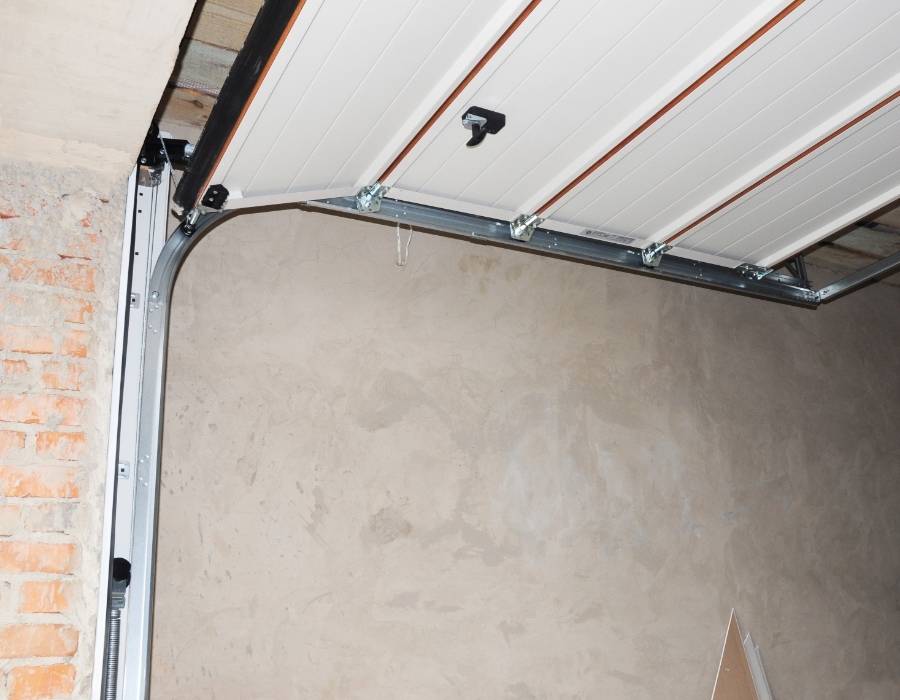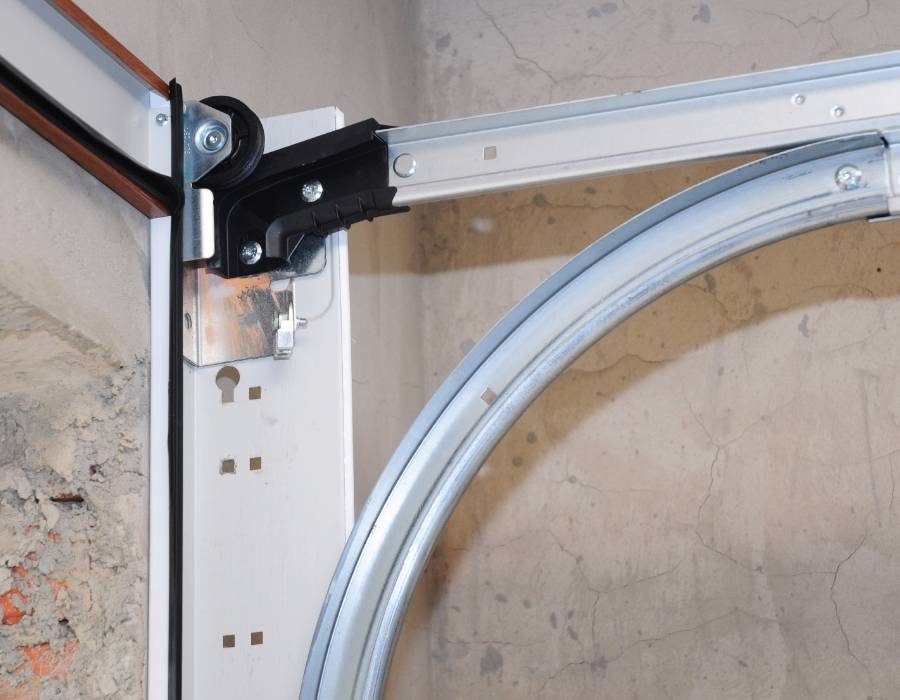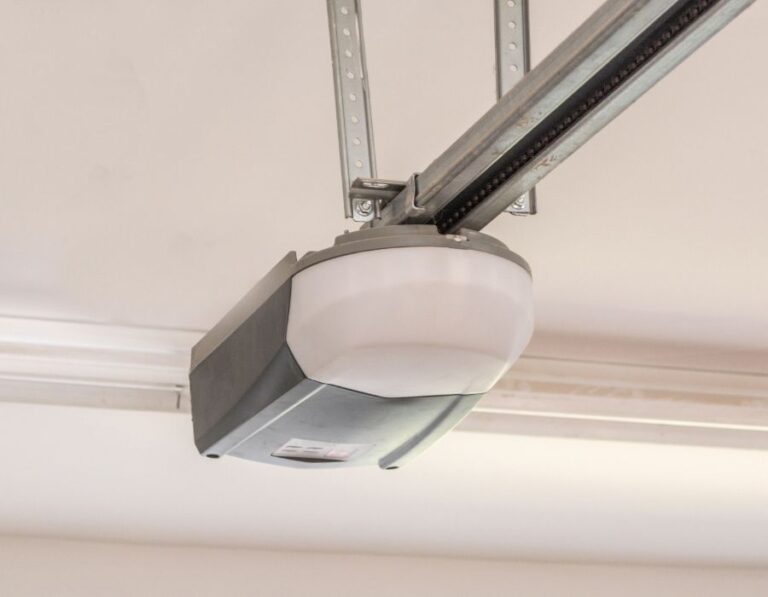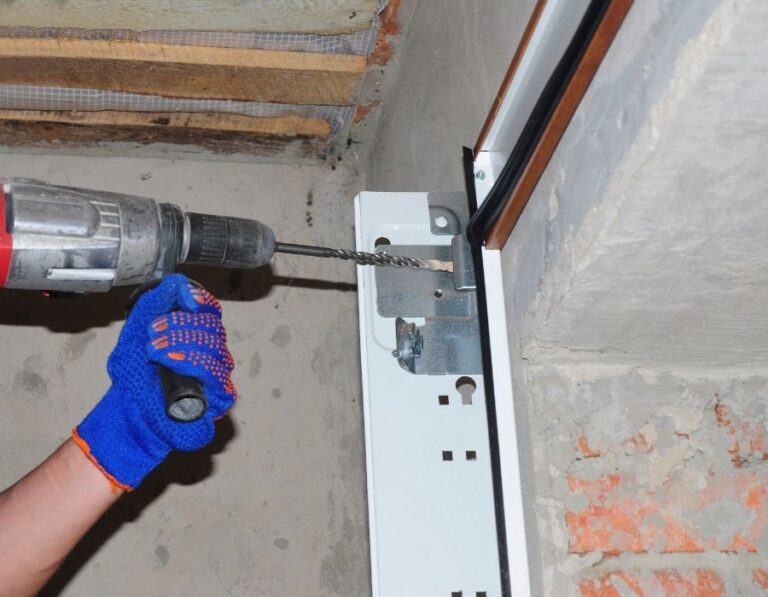Garage door springs are the unsung heroes of your garage system, silently shouldering the heavy lifting every time your garage door opens and closes. These tightly wound coils of steel are engineered to handle immense tension and stress, ensuring smooth operation day in and day out. But like any hardworking hero, they have their limits—and when they fail, it’s not just an inconvenience, it’s a serious safety hazard.
Imagine your garage door as a seesaw, with the springs acting as the perfect counterbalance. Without them, your garage door opener would struggle (or fail entirely) to lift that heavy slab of metal. Whether you’re facing a snapped torsion spring or stretched-out extension springs, knowing what to do next can save you not only money but also prevent potential injuries.
We’ll break down everything you need to know about garage door spring replacement. From understanding the difference between torsion and extension springs to crucial safety considerations, we’ll help you determine whether this is a DIY fix or a job best left to the professionals. Because when it comes to garage door springs, knowledge isn’t just power—it’s protection.
Understanding the Role of Garage Door Springs

Garage door springs are critical components that counterbalance the weight of the door, making it easier to open and close—whether manually or with an automatic opener. Without these springs, even the most advanced garage door opener would struggle under the door’s weight.
There are two main types of garage door springs:
- Torsion Springs: Mounted above the garage door, these springs twist to store mechanical energy. Known for their durability and reliability, torsion springs are often preferred for their longevity and ability to handle heavy doors efficiently.
- Extension Springs: Positioned alongside the door tracks, these springs stretch and contract to balance the door’s weight. While they are generally less expensive, they wear out faster and require more frequent replacement.
Both types of springs are under immense tension and can pose serious safety risks if mishandled. Proper care and caution are essential, especially when dealing with damaged or broken springs.
Why Garage Door Springs Fail
Over time, wear and tear are inevitable, and garage door springs are no exception. Understanding why springs fail can help you prevent costly replacements and ensure safe operation for years to come.
Here are the most common reasons springs break:
- Usage Cycles: Springs have a limited lifespan, typically measured in cycles (one cycle equals one opening and closing of the door). Standard springs last about 10,000 cycles, and heavy usage can wear them out much faster.
- Rust and Corrosion: Poor maintenance and exposure to moisture can lead to rust buildup, which weakens the metal and causes the springs to fail prematurely.
- Improper Spring Size: Using incorrectly sized springs creates unnecessary strain on the garage door system, leading to premature failure and potential safety hazards.
- Neglected Maintenance: Lack of lubrication and routine inspections can cause springs to wear unevenly and shorten their lifespan significantly.
Recognizing these causes not only helps you extend the life of your springs but also ensures your garage door operates safely and efficiently.
Signs You Need to Replace Your Garage Door Springs
You don’t need to wait for your garage door to completely fail to recognize there’s a problem. Catching the warning signs early can help you avoid accidents and prevent further damage to your garage door system.
Look out for these telltale signs:
- The garage door won’t open or closes unevenly: If your door struggles to lift or appears tilted when closing, a spring may be broken or losing tension.
- You hear a loud snapping sound: A sudden, sharp noise coming from your garage often indicates a spring has snapped under tension.
- The door feels unusually heavy when opening manually: If lifting the door feels like an intense workout, it’s a sign the springs are no longer supporting the door’s weight properly.
- Springs appear stretched, broken, or have gaps in their coils: Visible damage or irregular spacing in the springs is a clear indicator of failure.
- The door moves jerkily or stops halfway during operation: Inconsistent movement or a door that halts mid-operation suggests the springs are losing their tension or alignment.
Spotting these signs early and addressing them promptly can prevent costly repairs and ensure your garage door operates safely and smoothly.
Is Garage Door Spring Replacement a DIY Job? Proceed with Caution
Replacing garage door springs isn’t your typical weekend DIY project—it’s a task that demands precision, specialized tools, and a thorough understanding of how these high-tension components operate. While it might seem straightforward in online tutorials, the reality is far more complex and risky.
Risks of DIY Replacement:
- Serious Injury: Garage door springs are under immense tension, and mishandling them can result in cuts, bruises, or severe injuries. In worst-case scenarios, they can even cause life-threatening accidents.
- Property Damage: A snapped spring can damage garage walls, vehicles, or the door itself, turning a repair job into a costly disaster.
- Incorrect Installation: Improperly installed springs can lead to uneven door movement, rapid wear and tear, or even complete system failure shortly after replacement.
While seasoned DIY enthusiasts might feel tempted to tackle the job themselves, this is one task best left to the professionals. Certified garage door technicians have the experience, tools, and training to ensure the job is done safely and correctly. If you’re not entirely confident in your technical skills—or if safety is your priority—hiring a professional is the smartest choice. Some risks simply aren’t worth taking.
Cost of Garage Door Spring Replacement: What to Expect
The cost of replacing garage door springs can vary depending on spring type, labor fees, and your location. While it might seem like an unexpected expense, it’s an investment in your garage door’s long-term performance and safety.
- Torsion Spring Replacement: Typically costs between $150–$350 per spring. These springs are durable, handle more weight, and are generally more expensive to replace.
- Extension Spring Replacement: These usually cost $100–$200 per spring. They’re more affordable but have a shorter lifespan and handle less weight.
Additional expenses might include service fees, hardware replacements, and adjustments to ensure the door is balanced and operating correctly after the new springs are installed.
Is It Worth the Cost?
Absolutely. Garage door springs are critical to smooth, balanced operation, and failing to replace them can lead to damage to the opener, tracks, and even the door panels themselves. A well-functioning spring reduces strain on the entire system, preventing costly repairs down the line.
When you consider the safety risks of broken springs and the potential cost of further damage, replacing them isn’t just worth it—it’s essential. Investing in high-quality springs and professional installation ensures your garage door operates safely, efficiently, and reliably for years to come.
When to Call a Professional
While some minor garage door issues might seem manageable, garage door spring replacement is rarely a DIY-friendly task. The high tension these springs operate under can pose serious safety risks without the right tools and expertise.
Here are scenarios where calling a professional is a must:
- You lack the proper tools and experience: Replacing springs requires specialized tools and technical knowledge to ensure safety and precision.
- The garage door is extremely heavy or off-track: A misaligned or overly heavy door can cause further damage or even injury if mishandled.
- You notice visible damage to cables or other parts of the door mechanism: Damaged cables or misaligned hardware often indicate larger underlying issues that require expert attention.
Professional technicians not only ensure safe and efficient spring replacement but also inspect other critical components of your garage door system. This guarantees optimal performance and prevents future malfunctions, giving you peace of mind every time you press that garage door remote.
Extending the Lifespan of Your Garage Door Springs: Simple Steps for Long-Term Performance

Garage door springs are the workhorses of your garage door system, and with a little care, you can significantly extend their lifespan. Preventative maintenance isn’t just about avoiding breakdowns—it’s about keeping your garage door running smoothly and safely for years to come.
- Lubricate Regularly: Use a silicone-based lubricant on the springs to reduce friction and prevent rust buildup. Avoid using grease or WD-40, as they can attract dirt and grime.
- Inspect Monthly: Take a few minutes each month to check for signs of wear, rust, or imbalance. Look for stretched coils, uneven tension, or unusual noises during operation.
- Don’t Overload the Door: Avoid adding unnecessary weight to your garage door, like heavy decorations or storage attachments. Extra weight puts added stress on the springs.
- Schedule Annual Maintenance: A professional inspection once a year can catch minor issues before they turn into major (and expensive) problems. Technicians can fine-tune spring tension, check balance, and ensure everything is in top shape.
Taking these small yet impactful steps will reduce wear and tear, minimize the risk of sudden failure, and save you money on premature replacements. A little attention goes a long way in ensuring your garage door springs stay reliable, safe, and durable for years to come!
Small Springs, Big Responsibility

Garage door springs may be compact, but they play an outsized role in keeping your garage door running smoothly and safely. They bear the weight of your door, ensure balanced movement, and prevent unnecessary strain on the opener.
While tasks like lubrication and regular inspections are DIY-friendly, spring replacement is best left to professionals due to the significant risks involved. Whether you’re dealing with torsion or extension springs, proper installation and routine maintenance are essential for maximizing their lifespan and ensuring reliable performance.
If you suspect a problem with your garage door springs, don’t delay repairs. Addressing issues promptly can prevent further damage, costly repairs, and potential safety hazards. Treat your garage door springs with the care they deserve, and they’ll reward you with years of dependable service.






